There are many titles that Pune holds with much pride. This beautiful city in Maharashtra is one of the most famous cities of the state. It is an educational hub, a thriving commercial and business centre, a historical city and also a spiritual spot. It was the capital of the Peshwas who ruled Maharashtra after Chhatrapati Shivaji. After the British came, they loved the city for its cool climate and made Pune their monsoon capital. It was in the 1990s that globalisation took over and Pune became a metropolis. Though the image and features of Pune changed over the time, it has managed to keep its old-world charm intact, which is evident in its historical monuments, buildings and of course, its temples.
When it comes to the most famous temples in the state, Pune tops the list as it houses some of the most popular and most visited temples in Maharashtra. These are the five most famous temples in Pune.
1. Dagduseth Halwai Ganpati Temple
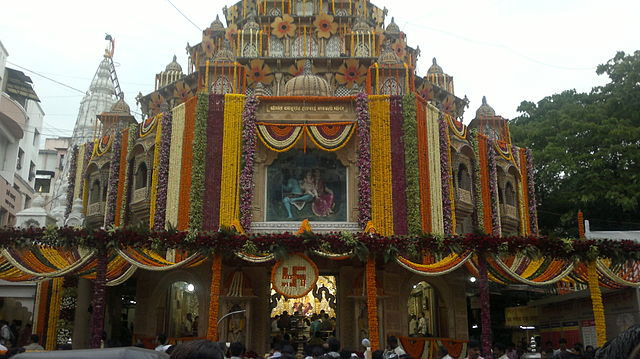
Dagduseth Halwai Ganpati temple is one of the most famous Ganpati temples in the world and ironically, it is known after the founder and so much so that, the Ganpati is lovingly referred to as ‘Dagdu Ganpati’. It is located alongside a busy street on Budhwar Peth. Dagdusheth Gadve was a sweet seller who became famous as ‘halwai’. He was struck with tragedy when his son died of plague and his guru suggested that he build a Ganesh temple. That was how he built the temple in 1893. The famous freedom fighter, Lokmanya Tilak, was his close friend and it is said that it was here that the idea of celebrating Ganesh festival every year to unite people struck Tilak. Later, the festival became a cementing factor in times of freedom struggle.
The temple has a beautiful architecture and looks imposing and can be seen from far. The temple is built in a simple style and in such a way that the idol and the sanctum rituals can be seen even from the outside, which is not possible in most temples in India. The Ganesha idol is simply beautiful and stands 7.5 feet tall. It is also one of the richest Ganesha temples in India. The popularity of the Ganesha temple can be gauged from the fact that devotees from all over the world come to visit it and offer the deity gold and precious jewels. At any time, the idol is decorated with precious stones and more than 8 kilos of gold.
2. Omkareshwar Temple
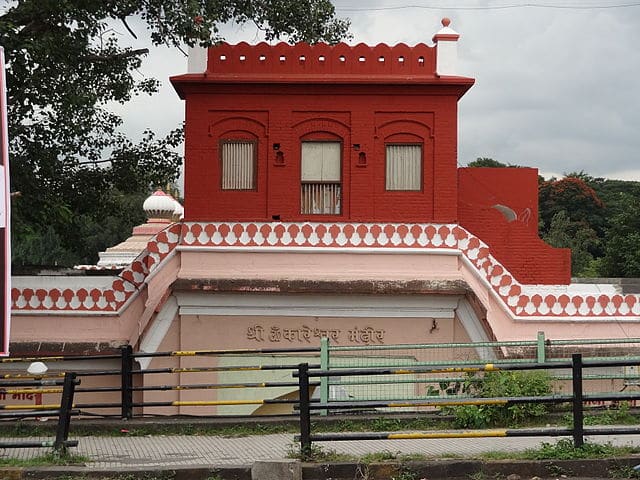
The temple is situated at Shanivar Peth at the Chandrashekhar Agashe Path and is dedicated to lord Shiva. Omkareshwar temple is not only one of the biggest temples in Pune but it is also one of the oldest as it was built during the Peshwa regime, on the banks of Mutha river. Even today, it stands as proudly as ever. The main attraction of the temple is its splendid architecture and huge domes. The intricate carvings on the domes just amazes you with its beauty. The temple premises also houses smaller temples of lord Ganesha, goddess Durga, lord Vishnu, lord Shani and lord Hanuman. The temple opens early at 5.30 am and closes only at 11 pm but it remains closed in the afternoon.
3. Parvati Hill Temple
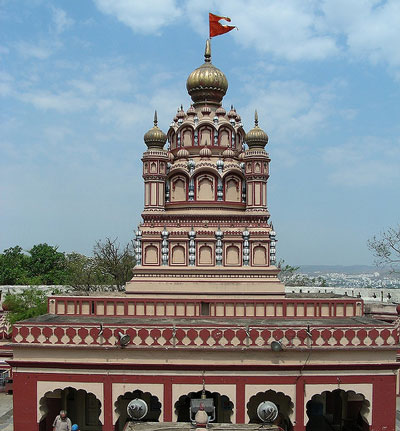
As the name implies, the temple is located on a hillock at around 2100 feet above sea level. The Parvati hill temple was built in the 17th century and is one of the best attractions in Pune. There are 103 stairs to reach the temple. The stairs are built of stone and symbolize the fine work of artisans of the past and these stairs are not steep, which makes climbing easy even for senior citizens. Standing at the temple, you can get a beautiful view of the surroundings.
The present temple is believed to have been built by Nana Saheb, the third Peshwa. Actually, there was a small temple at the spot where Nana Saheb’s mother Kashibai went to pray to cure her disease and vowed that on her recovery she would build a grand temple there. She recovered and that is how Nana Saheb built the temple to keep his mother’s word.
Parvati hill temple is located near the Swargate bus station and hence ideal for visitors to visit. There are other temples on the hillock as well, namely of lord Ganesha, lord Vittal and goddess Rukmani, lord Vishnu and lord Devdeveshwar. The temple is open throughout the day.
4. Kasba Ganpati
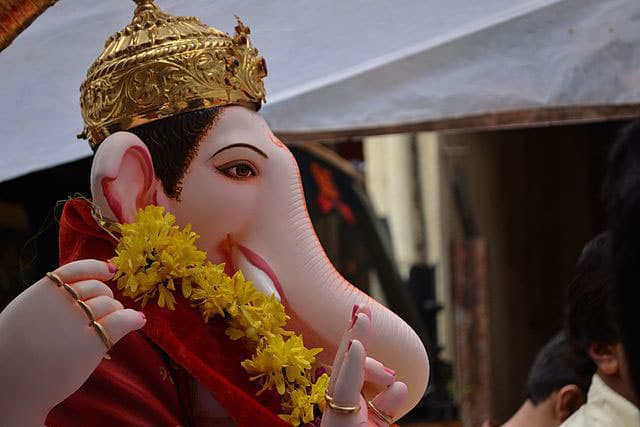
Kasba Ganpati is referred to as the deity of Pune, its protector. It is also said to be the first deity of the city and is located near Shaniwar Wada on Kasba Peth. Queen Jijabai, the mother of Chhatrapati Shivaji, built the temple after Dadaji Konddev, Shivaji’s teacher, informed her of an idol he found. Later, Lokmanya Tilak and his Ganesh festival celebrations made the temple more famous during freedom struggle. Even today, the Ganpati at the Kasba Ganpati Temple gets the first preference for all functions especially during Ganpati immersions during the Ganesha Chaturthi festival.
5. Chatushrungi Mata Temple
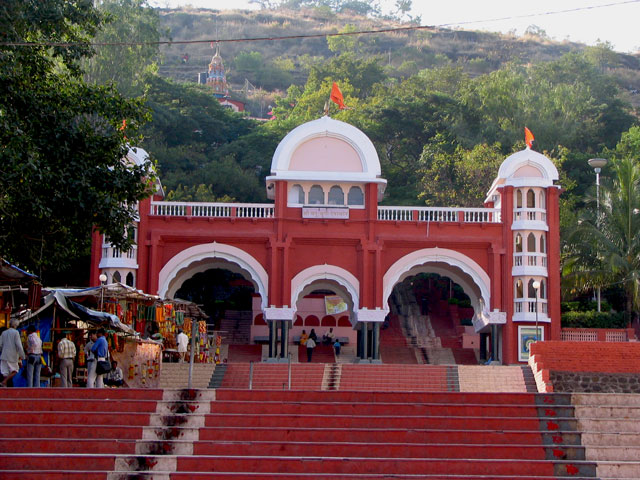
Located on a hill at the Senapati Bapat Road, Chatushrungi Mata temple is dedicated to goddess Chatushrungi which is the other name for goddess Lakshmi, goddess Saraswati or goddess Kali. The word ‘Chatushrungi’ means ‘four mountain peaks’. Standing at 125 feet, the temple can be reached only after a hard climb over hundred steps. The best time to visit the temple is during the Navaratri festival when a big fair is held here. There are many buses available to reach the temple.
It is possible to cover all these temples in a single day, provided you start early and you have your own vehicle. Most of the temples are located nearby and can be covered easily. But if you wish to take a leisure trip, then you may need more time. All in all, visiting the Pune temples offers visitors a spiritual experience that is unfathomable.

